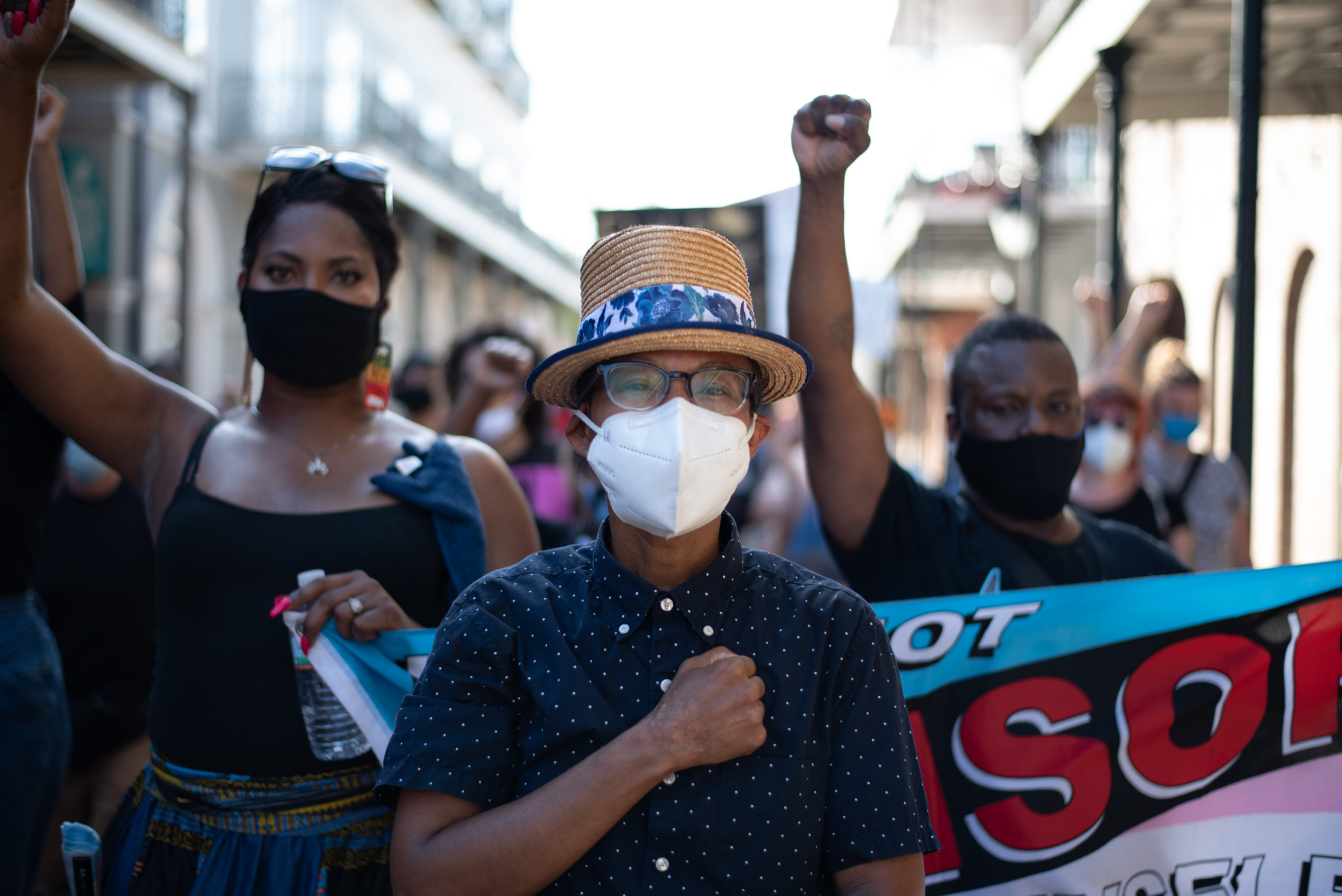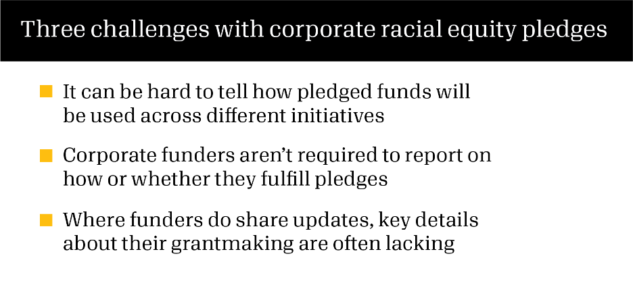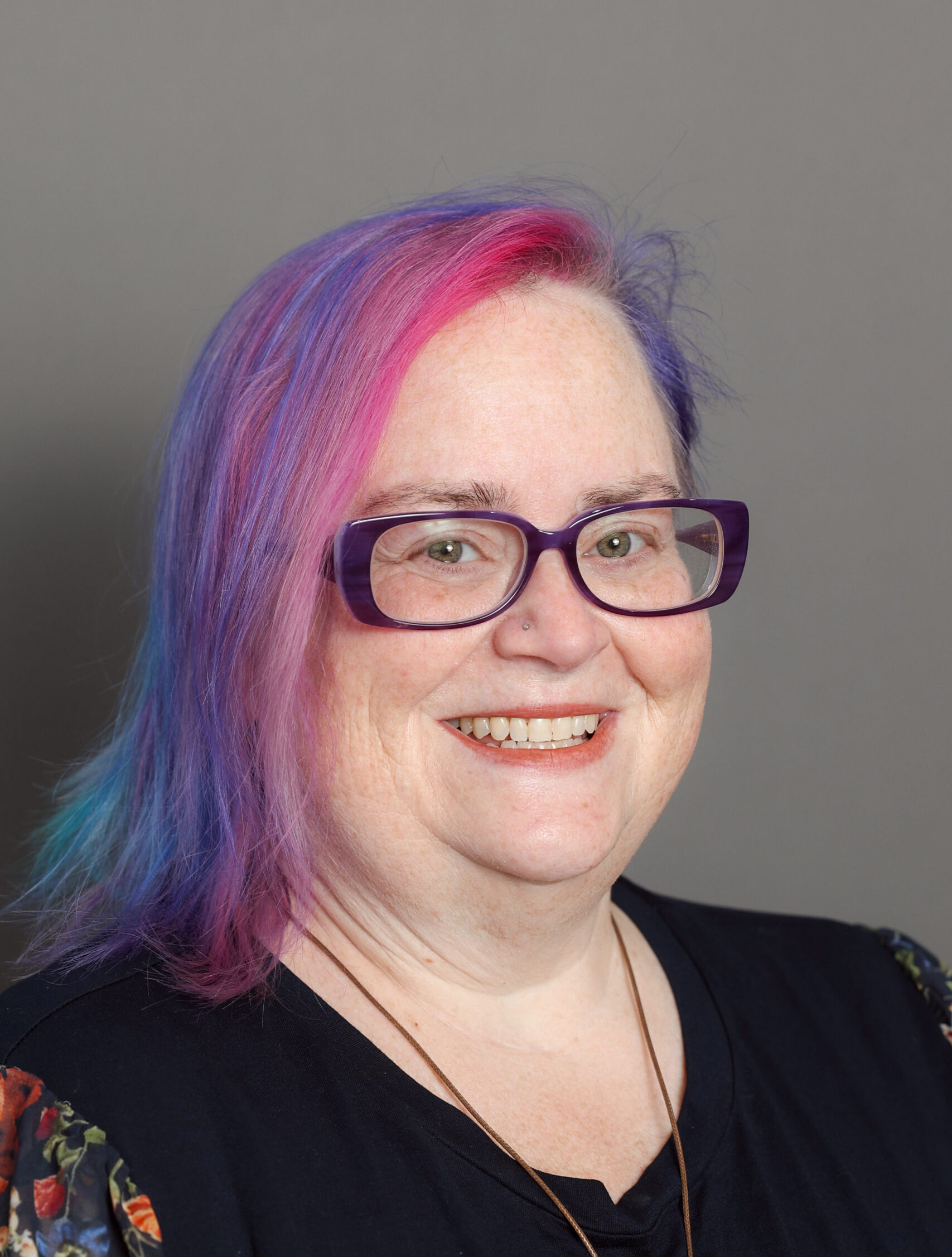Learning, understanding and action on Juneteenth

Editor’s Note: This blog is part of our “Equity in Disasters” series. The series, which focuses primarily on racial equity and justice issues, also explores how these intersect with other kinds of marginalization and the ways that historical and systemic discrimination create an uneven playing field for recovery.
I was introduced to Juneteenth in 2016 when I began work at Foundation for Louisiana (FFL), a Black-led, racial equity-focused statewide foundation. Back then, it seemed to be a quiet, unrecognized holiday and celebration in Black communities. In light of the worldwide racial reconciliation activities in 2020 that followed the murders of George Floyd, Ahmed Aubrey, Breonna Taylor and so many others, the Biden administration made Juneteenth a federal holiday last year, just days before the actual date.
As the holiday approaches, I wanted to share some of my thoughts about being in solidarity with Black communities on the day and throughout the year – both as a person and as a philanthropist.
Make it more than a day off
It’s not just another day off. And the holiday mustn’t be co-opted or made performative by white and other non-Black folks.
Walmart came under fire earlier this year when it rolled out Juneteenth party decorations and red velvet cheesecake swirl “Celebration Edition: Juneteenth Ice Cream”. More offensive to many people was the appearance of a trademark symbol next to the word “Juneteenth” on the ice cream packaging. How could a global, white-led corporation conceive of trademarking an important day for African-Americans? The food options leading up to Juneteenth at the Children’s Museum of Indianapolis included a “Juneteenth watermelon salad.” The museum eventually pulled it from the menu and issued an apology.
For Black communities, Juneteenth is a day of celebration to remember and honor ancestors and mark the victory over enslavement. For the rest of us, it needs to be a day of learning, understanding and awareness building.
If celebrations are open in the community, attend one to listen and observe. Reach out to your Black friends, colleagues and family to let them know you see their continuing struggles from systemic oppression, inequities and injustices. Read Black authors and books about racism and white supremacy. Examine your own and your organization’s beliefs and practices.
I’ve committed at least four hours a week this summer to reading about equity, leadership and radical change within philanthropy, all as part of my work in co-leading CDP’s Racial and Intersectional Equity committee and becoming a better human.
Commit to equity
As a philanthropic sector, we need to ensure that our commitment to dismantling white supremacy and anti-Blackness initiatives are heartfelt, honest and most importantly, not lip service.
For grantmaking, it begins with making a commitment to equity. As Tonia Wellons, president and CEO of the Greater Washington Community Foundation, stated on a recent Council on Foundations webinar: “It starts with a decision. It starts with a decision to prioritize racial equity in your grantmaking. And to remove stigma about the capacity, the absorptive capacity, of smaller non-profits to receive resources. Share on X
I think that’s a bit of a misnomer that we’ve gotten comfortable with, that may not be necessarily true. They stay small often because they are not invested in in a way that allows them to grow. But it starts with a decision.”
Be public about your commitments
In 2017, the administration for the City of New Orleans removed four Confederate monuments across the city. A wealthy individual and several large philanthropies stepped up to fund the ever-increasing costs that stemmed from white nationalist protests and threats to contractors. At FFL, I led the writing of several of these grants. These funders were making contributions of $100,000 to $300,000 each, a significant grant, but did not want their names released. Mostly, they were worried about backlash from constituents and their trustees.
In 2020, just three years later, private, family, public and corporate foundations and corporations were clamoring for media attention to highlight the racial equity pledges they had made.
Candid’s racial equity map that captures grant data shows that as of June 8, 2022, 7,614 funders had made 65,326 grants within the U.S. totaling $26.6 billion to 17,335 recipients from 2020 to 2022.
Corporate pledges are a different issue. In a July 2021 blog, Candid identified three main challenges in tracking which pledges turned into action.

Similarly, Creative Investment Research, an impact investing consulting firm, has highlighted the problematic nature of pledges.
In January 2022, CEO William Michael Cunningham told the Financial Times that while the total pledges of $67 billion from 271 U.S. companies had been made, only $652 million had been disbursed. With a few exceptions – notably Microsoft – Cunningham said, “After the initial excitement around the corporate pledges, they basically have petered out … They haven’t really done anything that would lead one to believe that they are committed, with some exceptions.”
Address staffing issues
For institutional donors, investing in equity needs to go beyond grantmaking. It also must look at diversifying its board, staff and and volunteers.
As noted by CHANGE Philanthropy, “The 2020 Diversity Among Philanthropic Professionals (DAPP) Survey found that people of color account for 45.3 percent of the staff and board at participating foundations. By comparison, the 2018 DAPP survey found that only 37.8 percent of the staff and board at participating foundations identified as people of color.”
These rates changed based on the type of philanthropic entity. The DAPP survey reported that 29% of staff at community foundations were people of color, 40% at corporate foundations, 49.4% at private foundations and 50.4% at public funders. Program staff made up the largest group of people of color at 56.1%, compared to 38.8% of executive-level staff.
During Juneteenth, senior leadership teams should examine organization-wide diversity. Make sure your racial diversity representation includes people of varying ages, disability status, sexual orientation, gender and other identities.
CDP acknowledges that we are white- and female-led, with a majority white staff. It is something we struggle with and strive to address. If most of your applications for job openings are white – ours are at CDP – examine where you are posting and recruiting (an ongoing component of hiring for us). We have had more luck with the diversity on our board and advisory council and hope to see that reflected in our staff soon.
I encourage you to include your diversity data in your Guidestar profile and support your grantee partners to do the same. Making our staff and board diversity public keeps us honest and accountable.
Keep moving on equity
The last few years have seen changes in philanthropic focus on equity. These trends stemmed from the dual impact of COVID-19 pandemic and the racial reckoning that finally drew widespread attention to the disparate and systemic issues facing Black Americans, Indigenous peoples and other people of color. However, there is still so much work to be done.
Many companies continue to make pledges without follow-through or introduce offensive products. Senior leadership in the philanthropic sector remains white- and male-dominated.
But we need to keep fighting for change. Decide your next steps, beginning with how you approach Juneteenth.
